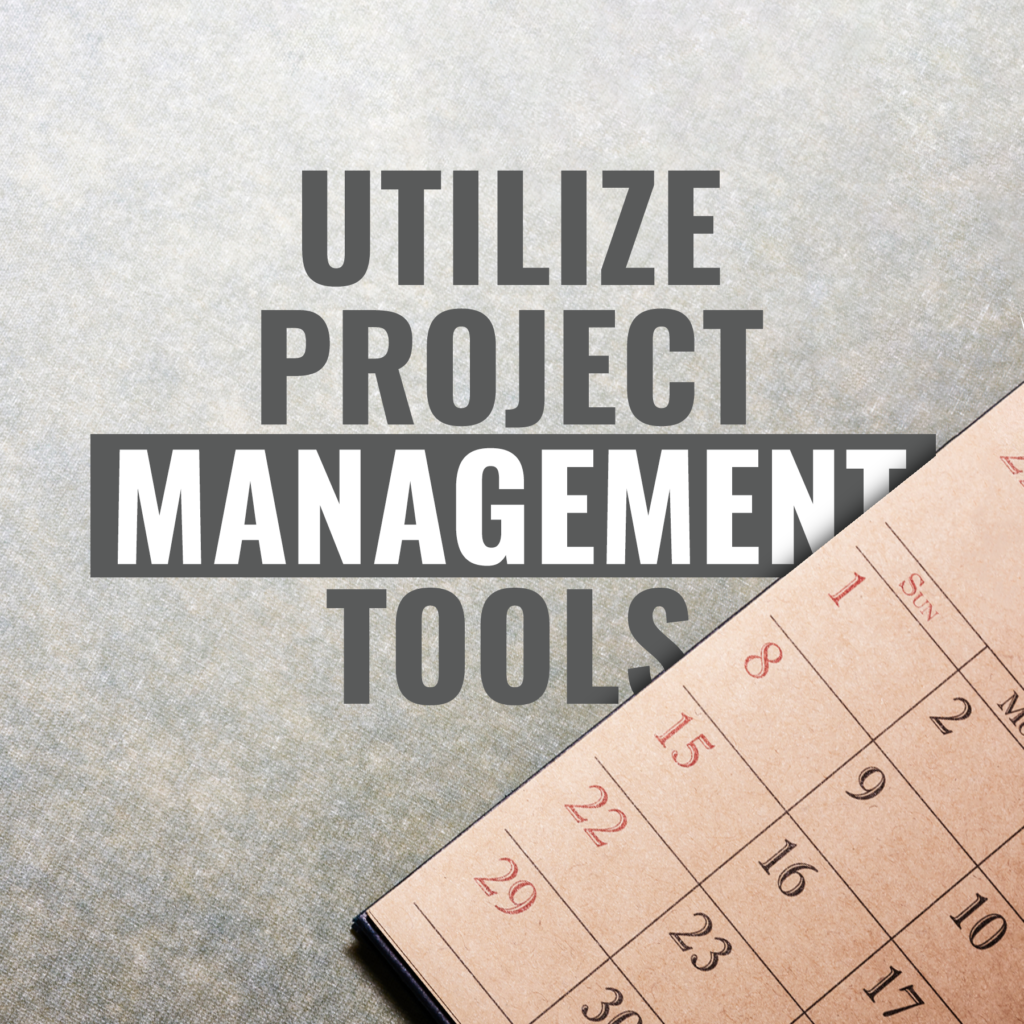
Many individuals experience the undesirable feeling of burnout on a daily basis. What is burnout? Am I currently experiencing it? How can I avoid it? The list of questions might go on and on… This blog, “Burnout: 4 Solutions to Improve Workflow and Processes,” will explain the definition of burnout, as well as provide four tips for improving productivity, reducing stress, and achieving your goals:
What is burnout?
Burnout is a state of physical, emotional, and mental exhaustion caused by prolonged stress. It can affect anyone, but it is particularly common among people who work in high-stress environments or have demanding jobs.
Early identification of burnout can prevent it from developing into a chronic condition. Here are a few signs to look out for:
- Physical exhaustion
- Emotional exhaustion
- Mental fatigue
- Loss of interest
- Reduced performance
- Negative Thinking
If you are experiencing any of these symptoms, it’s important to take action to avert burnout from becoming a chronic condition. Here are a few things you can do to help prevent burnout as a remote worker:
Utilize Project Management Tools
One of the most effective ways to improve workflow and processes as a remote worker is to use project management tools. These tools allow you to organize tasks, set deadlines, and track progress.

Project management tools can help remote workers manage their workload, communicate effectively, and stay organized, which can help reduce the risk of burnout.
Here are a few ways project management tools can help avoid burnout:
- Prioritization: Project management tools can help remote workers prioritize tasks based on their importance and urgency.
- Time tracking: It’s a great tool to identify areas to improve efficiency and reduce workload.
- Collaboration: This can help reduce the feeling of isolation and increase a sense of connection and engagement.
- Progress Tracking: Helps to identify issues early on and make adjustments as needed, reducing the risk of burnout caused by unrealistic deadlines or expectations.
Some popular options include Trello, Wrike, and Basecamp.
Set Realistic Goals
Sometimes burnout can occur when we set the bar too high. Yes, you are driven and want to succeed in life, but great results take a significant amount of time. There’s an old saying, “Rome wasn’t built in a day.”
Setting realistic goals can help you stay focused and motivated, and it can also help you measure your progress and achieve your desired outcomes. Here are a few steps for setting realistic goals as a remote worker:
- Be specific
- Set realistic deadlines
- Prioritize
- Break it down
- Be flexible
- Communicate: Share your goals with your team and manager
- Assess and Reflect

Analyze Your Workflow
Analyzing your workflow can help you identify areas that are causing delays, errors, or confusion. Once you have identified these areas, you can then implement solutions to improve them.

Remember, workflow analysis is a continuous process, and it’s important to keep evaluating and adjusting it as necessary to ensure that you are working as efficiently and effectively as possible.
Here are a few ways to analyze your workflow:
- Track your time: Use a time-tracking tool to track how much time you spend on different tasks and activities.
- Identify bottlenecks: Look for areas of your workflow that are slowing you down.
- Prioritize: Determine which tasks are most important and prioritize them accordingly.
- Evaluate tools and technologies: Evaluate the tools and technologies you are currently using, and see if any better or more efficient options are available.
- Document your process: This can be used as a reference for future analysis and improvement.
- Reflect on your progress: Identity what worked well and what didn’t and make changes accordingly.
Prioritize Self-Care
As humans, we strive toward success. We will walk the extra mile, swim through the deepest sea, and climb the highest mountain to reach our goals. But at the same time, we often forget to take a moment to breathe.
It is a well-known fact that self-care can help improve physical and mental well-being. Moreover, it can increase productivity, reduce stress, and improve overall job satisfaction.

Prioritizing self-care can help to establish healthy boundaries and maintain a better work-life balance. Some examples of self-care for remote workers include:
- taking regular breaks,
- setting boundaries when you are not working,
- and engaging in activities that promote relaxation and well-being, such as exercise, meditation, or reading.
In conclusion, leveling up your processes is essential for remote workers to improve their workflow, increase productivity, and defeat burnout. By analyzing your current workflow, prioritizing self-care, incorporating technology, and setting realistic goals, you can achieve a more efficient and streamlined workflow. With that said, we hope you enjoyed this week’s blog, “Burnout: 4 Solutions to Improve Workflow and Processes,” and if you know someone who might need some advice on this topic, feel free to pass it on. Lastly, click HERE if you want to grow your professional career with our ever-growing company.
Until next time,
The Job Duck Team



